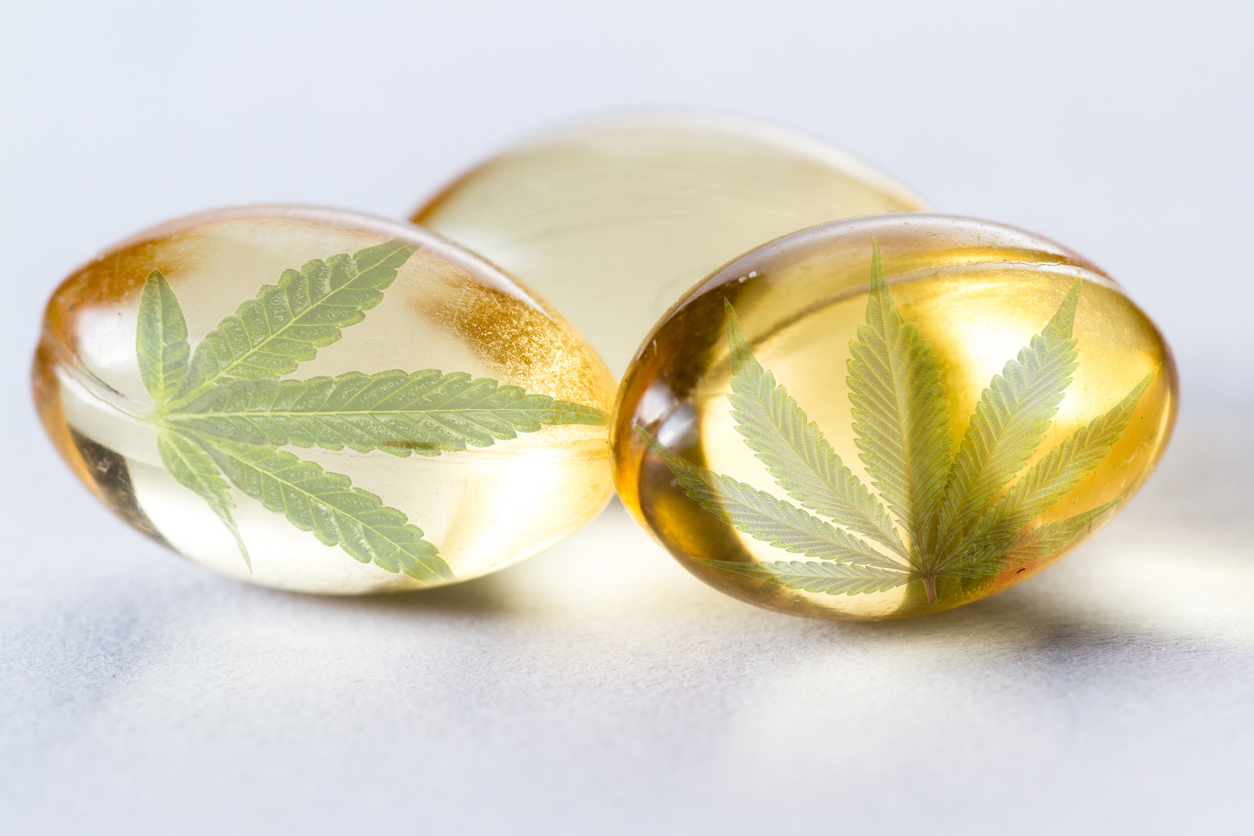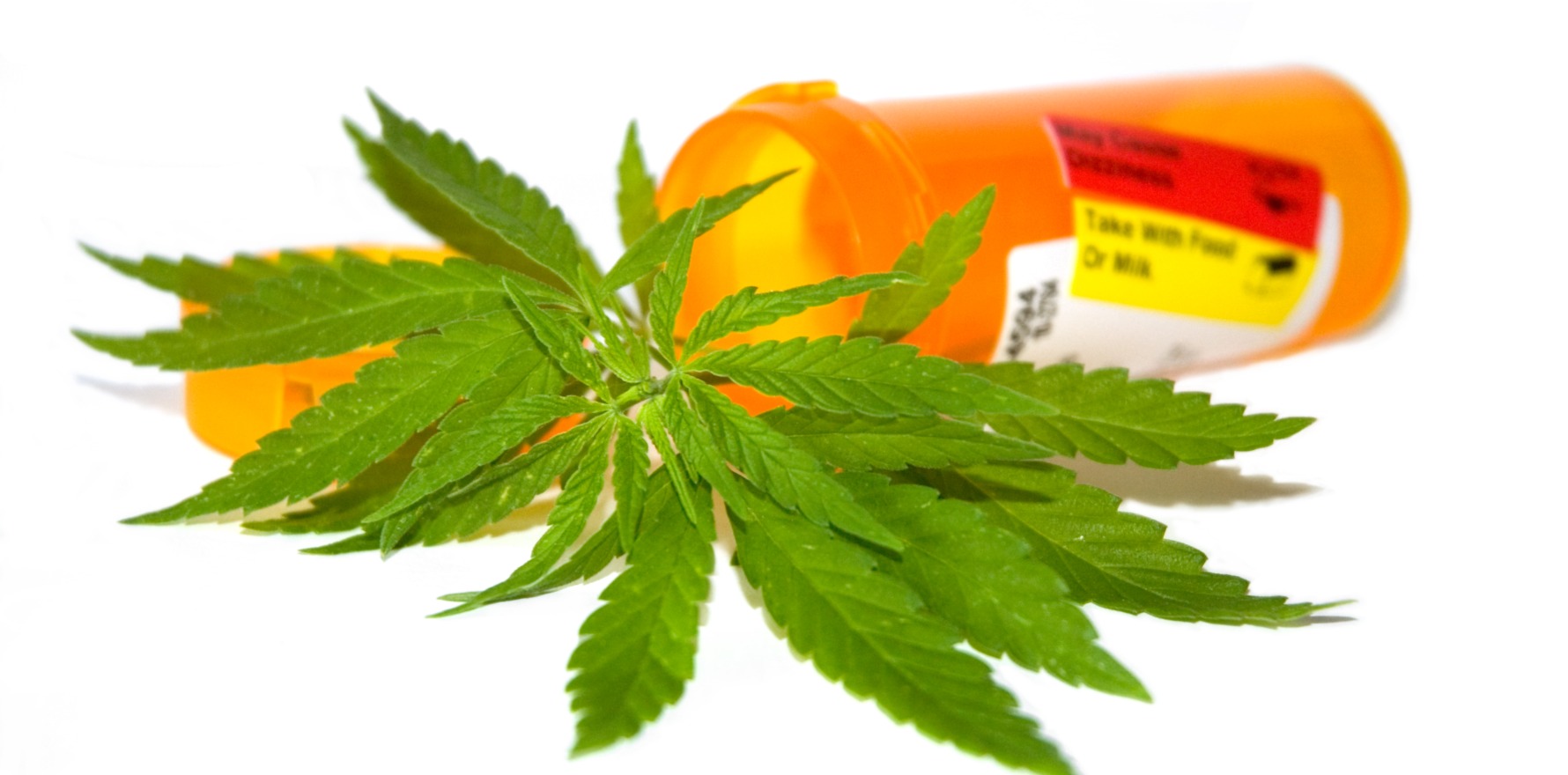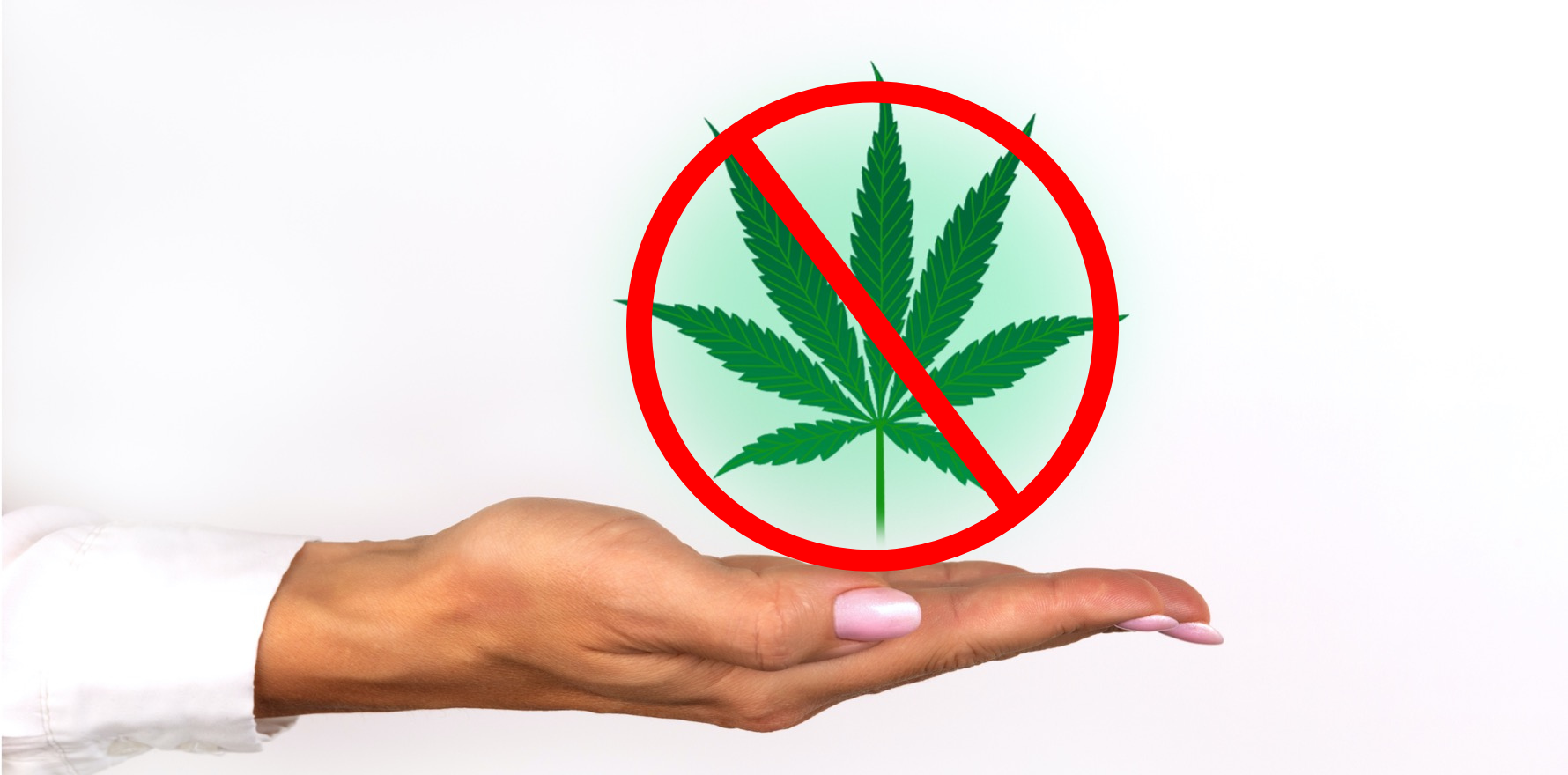For all the hype, a review of 16 studies has found no evidence that it is on its own effective in pain management.
A meta-analysis of medicinal cannabis studies has concluded that CBD has no greater effect on pain than placebo.
Published in The Journal of Pain, the analysis was led by the University of Bath in the UK and included studies from the US, Canada, Australia, Denmark, Switzerland and the Netherlands. Fifteen of 16 studies found CBD failed to beat placebo.
A total of 917 people experiencing a variety of pain were treated with cannabis products of varying dosages and administration routes. While all studies were placebo-controlled, some also compared CBD with THC-only or THC/CBD combination treatments. All were randomised and double-blind.
Between the studies were vastly different dosages and length of courses; some were based on a single dose while others administered treatment multiple times a day or ran for up to 12 weeks. Modes of administration included oral, topical, sublingual and buccal, while one experimented with CBD-infused chewing gum. Patients reported pain using a zero to ten or zero to 100 pain scale.
Included in the studies were neuropathic, post-surgical, cancer-related, arthritic and lower back pain, as well as pain associated with conditions such as multiple sclerosis, spinal cord injury, opioid-induced hyperalgesia and IBS.
The only trial that did find some efficacy from treatment included 18 patients with symptomatic thumb basal joint arthritis. After two weeks of topical CBD treatment, all participants in the treatment group reported no worse than mild pain while all in the placebo group reported moderate to severe pain.
Associate Professor Nicholas Lintzeris, addiction medicine specialist, says that despite CBD being highly promoted and not carrying the stigma of THC, it is generally not considered effective for pain management on its own.
“As an analgesic, it appears that CBD in combination with THC is better than THC or CBD alone. As to whether it should be equal parts CBD to THC or 20mg THC to 200mg CBD, a lot more research needs to be done.”
Speaking with The Medical Republic, Professor Lintzeris – who has over 30 years’ experience in the clinical use of cannabinoid therapeutics – agreed with the general conclusion of the paper.
“The fact that we don’t have a great evidence base to inform clinical decision making and to inform consumers – that’s problematic,” he said. “The evidence doesn’t look brilliant for CBD and pain, but I would put caveats there.
“There’s been a lot of buzz in social media circles around CBD, but in academic circles, it has never been seen as a medicine that treats most forms of pain. CBD at high doses dampens the excitability of nerve cells, which is why we use it to treat things like epilepsy.”
Related
He said there had been a lot of interest in whether high dose CBD may impact neuropathic pain.
Of the two studies of neuropathic pain included in this analysis, one was a study of topical CBD and the other used oral dosages of either 45mg CBD, 22.5mg THC, or a 45/22.5mg combination of the two.
“Anything less than around 200mg of CBD a day is probably not going to be having major clinical effects,” Professor Lintzeris said.
He told TMR that 70-80% of medicinal cannabis products sold in Australia are schedule eight, meaning they are either THC only or a combination of THC and CBD. CBD-only products are less common.
He said cost was a barrier to consumers. Even with CBD-only products, he said, the out-of-pocket expense could be quite large as they are not subsidised on the PBS.
“The average CBD dose in Australia is about 4 cents per mg,” he said. “In most areas of medicine now, we are looking at the use of 300-400mg CBD or more per day. It works out at around $40 a day if you want a 400mg dose. Patients may be spending $280 a week for something that the evidence doesn’t tell us works.”
Professor Lintzeris said results varied from person to person and while some patients reported extremely positive results, others got no benefit from medicinal cannabis treatment. In the latter case the prescriber had the option of either increasing the dose at the patients’ financial expense in the hopes of relieving some of their symptoms or giving up on medicinal cannabis as a treatment option.
“People report trying medical cannabis when conventional medications did not work, or due to side effects of conventional medicines,” he said. “They’ve probably already tried the nonsteroidals, gabapentin, opiates, antidepressants. They’ve already been told to lose some weight or to exercise.”
Many also reported a desire to try something more “natural”.
“But medicinal cannabis should not be considered a frontline treatment except for in some cases of paediatric epilepsy.”
The analysis also found that the over-the-counter CBD products in Canada and the US often contained very different dosages than stated and other harmful chemicals that weren’t declared.
Professor Lintzeris said this was not an issue in Australia, as OTC CBD products are not available and prescribed medicinal cannabis products go through rigorous testing and have to meet strict manufacturing and composition requirements.
“Unlike the rest of the world, Australia has gone down a more regulated pathway regarding medicinal cannabis products,” he said. “The products in Australia should be free of a lot of those contaminants that you can see sometimes in other parts of the world. Every single batch that comes from overseas is supposed to come with evidence of composition, so if something says 20mg/mL, it means it is 20mg/mL.”





